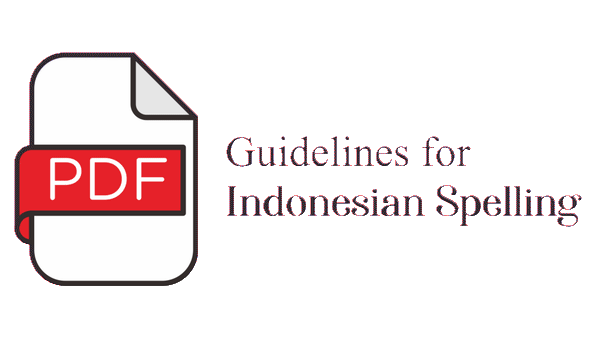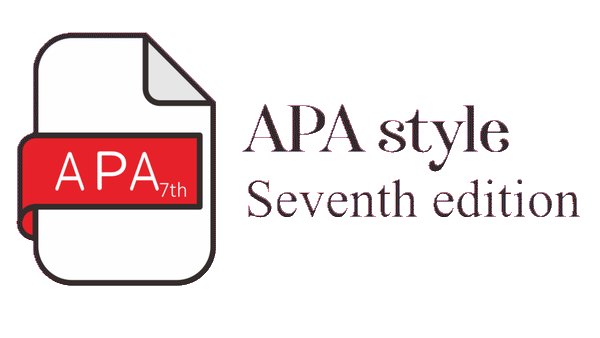PENGELOLAAN BERKELANJUTAN PERIKANAN TANGKAP WADUK CIRATA : MODEL BIO-EKONOMI
Abstract
Perikanan tangkap di waduk, merupakan potensi yang dapat diandalkan bagi pemenuhan kebutuhan hidup masyarakat sekitarnya, sayangnya kegiatan ini belum banyak mendapat perhatian pengelolaan. Terbukti dari masih sangat rendahnya kontribusi sektor perikanan tangkap waduk ini pada perekonomian daerah. Untuk digunakan sebagai basis pengelolaan, penelitian ini dilakukan untuk menganalisis pengaruh aktivitas produksi (penangkapan) terhadap kondisi sumber daya ikan seperti parameter biologi dan rente sumberdaya perikanan pada kondisi aktual, lestari, dan juga optimal, dengan menggunakan model bio-ekonomi standard logistik dan Gompertz. Skenario model yang digunakan adalah analisis bio-ekonomi model logistik Gordon Schaefer (GS) dengan estimasi parameter algoritma Fox, dan model Fox/Gompertz dengan estimasi parameter biologi seluruhnya algoritma CYP. Analisis perikanan tangkap dilakukan dengan menggunakan skenario rezim pengelolaan open access, Maximum Sustainable Yield (MSY) dan Maximum Economic Yield (MEY). Hasil penelitian menunjukan adanya overfishing dan overcapacity pada beberapa tahun pengamatan yang ditandai dengan adanya kelebihan effort baik pada Model GS maupun Gompertz. Pengelolaan dengan menggunakan rezim MEY memberikan nilai rente yang paling maksimum, dengan biomass yang lebih konservatif, dan effort yang lebih efisien, baik pada model GS maupun model Gompertz. Implikasi kebijakan pengelolaan waduk melalui rasionalisasi jumlah alat tangkap. Model MSY mengisyaratkan rasionalisasi alat tangkap lebih sedikit dibandingkan model MEY, sementara Model Gompertz mengisyaratkan penurunan alat tangkap lebih tinggi dibandingkan model GS. Alternatif pembatasan output atau kuota output juga dapat dilakukan dengan menggunakan nilai JTB.
Title: Sustainable Fisheries Management in Cirata Dam: Bio-Economic Modelling
Capture fisheries in the dam is a potential that can be relied for the surrounding community subsistence. Unfortunately this activity has not received much attention management. This was evident from the very low dam fisheries contribution, to the regional economy. For the purpose of fisheries management in the dam, this study was conducted to analyze the effect of production activities, on the condition of fish resources such as biological parameters and fishery resource rents on actual conditions, sustainable, and optimally, using bio-economic model of standard logistic and Gompertz. The scenario model used is the analysis of bio-economic model of logistics Gordon Schaefer (GS) with the parameter estimation of Fox algorithm, and Gompertz model with algorithm CYP for biological parameter estimation. Analysis of fisheries carried out by using a scenario of open access management regime, Maximum Sustainable Yield (MSY) and the Maximum Economic Yield (MEY). The results showed overfishing and overcapacity in several years of observation which is characterized by an excess of effort both on the GS model and Gompertz. Management using MEY regime provides the maximum possible value of rents, with biomass more conservative and more efficient effort, both on the GS model and the model of Gompertz. Policy implications reveal from the study is dam management through the rationalization of the number of fishing gear or boats. MSY model suggests rationalization of fishing gear less than the model MEY, while the Gompertz model implies a decrease in fishing gear higher than the GS model. Alternative output restrictions or quotas outputs can also be implemented by using the value of total allowable catch.
Keywords
Full Text:
PDFDOI: http://dx.doi.org/10.15578/jsekp.v11i2.3688
Indexed by:
-------------------------------------------------------------------------------------
Published by
Research Center for Marine and Fisheries Socio-Economic
in collaboration with
Indonesian Marine and Fisheries Socio-Economics Research Network

This work is licensed under a Creative Commons Attribution-NonCommercial-ShareAlike 4.0 International License.


















